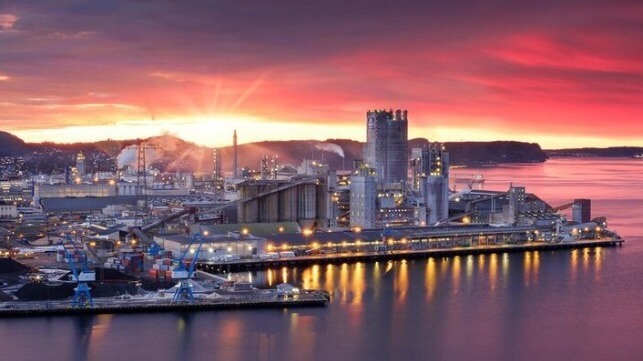UMAS: Cost of IMO 2050 Target Could Reach $1.4 Trillion

The international shipping industry requires a staggering $1.4 trillion in capital expenditure to achieve a 50 percent cut in emissions by 2050, according to a new report by the UK maritime consultancy UMAS.
Funding has been identified as one of the major challenges in decarbonizing shipping, and the Climate Action in Shipping report suggests the industry must find ways to raise $1-1.4 trillion in capital in order to meet International Maritime Organization (IMO) 2050 decarbonization goals. The majority of the investment, at 87 percent, would be required for upstream projects.
The IMO has adopted a strategy to reduce greenhouse gases (GHG) emissions from international ships with a target of cutting total annual GHG emissions by at least 50 percent by 2050 compared to 2008. Some 14 countries, including the U.S. and the United Kingdom, have set up a more ambitious target of completely eliminating shipping emissions by 2050.
The report, which assesses progress to the goal of having scalable zero emission fuels (SZEF) constitute five percent of international shipping fuels by 2030, finds that the industry is making progress towards carbon-neutral goals in areas like technology and supply for SZEF, financing, policy and demand.
“Overall, there has been significant progress in commitments which are starting to be converted into action through creation of standards, improvements in transparency and cross value chain collaborations coming together to test and pilot demonstrations,” states the report.
To set the industry on an ambitious, zero emission trajectory aligned to 1.5°C, it must transition away from using fossil fuels supported by the necessary technology and infrastructure to produce safe and SZEF including distribution, storage and bunkering.
“Shipping is currently only in the very early stages of a fuel transition – the ‘emergence’ phase. Multiple actions are necessary for five percent uptake of SZEF across different change levers and different actors,” it notes.
Key targets in line with the 2030 SZEF goals that have seen progress in the area of technology and supply include 20 large ports now offering SZEF bunkering, investments in at least 210 production facilities, and new vessels which are either dual fuel or SZEF-ready.
On financing, the industry must commit to investing around $40 billion annually by 2030 for SZEF bunkering and production facilities. Progress has been achieved in ship finance, especially through the development of the Poseidon Principles, which have 28 signatories and account for over 50 percent ($185 billion) of shipping debt finance.
On demand, progress is being witnessed with large freight purchasers in the container sector committing to buying five million TEU of zero emission freight by 2030.
